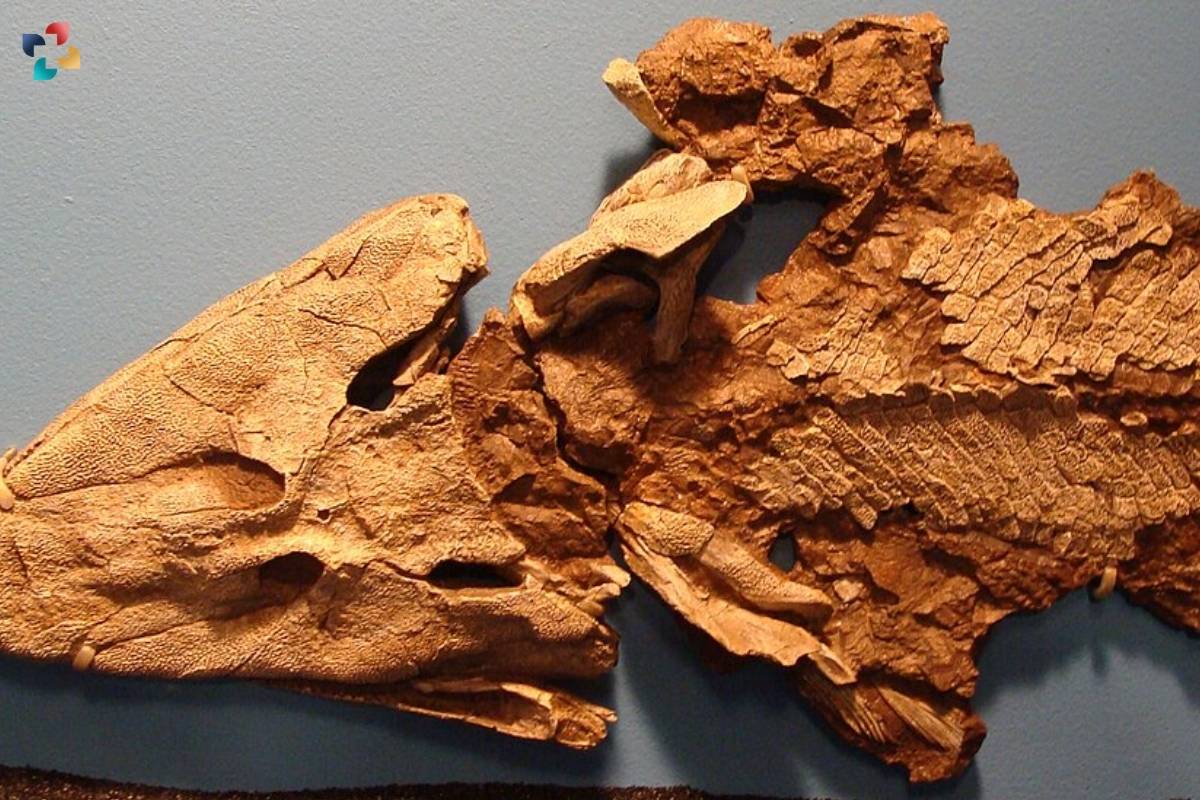Source-en.wikipedia
Discoveries in Evolutionary Biology
A recent study led by researchers at the University of Barcelona sheds light on a crucial step in the evolution of walking through the examination of the Tiktaalik fossil. This 375-million-year-old specimen, one of the closest relatives to limbed vertebrates, has provided valuable insights into the transition from fins to legs in vertebrate evolution. By reconstructing the skeleton of Tiktaalik, scientists have uncovered evidence suggesting that changes in the axial skeleton preceded the development of limbs, setting the stage for terrestrial locomotion.
Role of Axial Skeleton in Evolution
Unlike most fish, Tiktaalik exhibited distinct differences in its axial skeleton, particularly in the region connecting the ribs to the pelvis. Through microcomputed tomography (micro-CT) scans, previously hidden anatomical features were revealed, indicating a novel arrangement where the ribs likely attached to the pelvis. This structural innovation is believed to have played a crucial role in supporting the body and facilitating the eventual evolution of walking in vertebrates.
Implications for Understanding Evolutionary Transitions
The findings from this study offer valuable insights into the evolutionary transition from aquatic to terrestrial life. By elucidating the anatomical adaptations present in Tiktaalik, researchers have gained a deeper understanding of the mechanisms underlying the emergence of walking in vertebrates. Furthermore, the discovery underscores the importance of studying transitional fossils like Tiktaalik in unravelling the mysteries of evolutionary history and the diverse forms of life that have inhabited our planet over millions of years.
Also Read: New Analysis Challenges Weight of Ancient Whale Fossil







